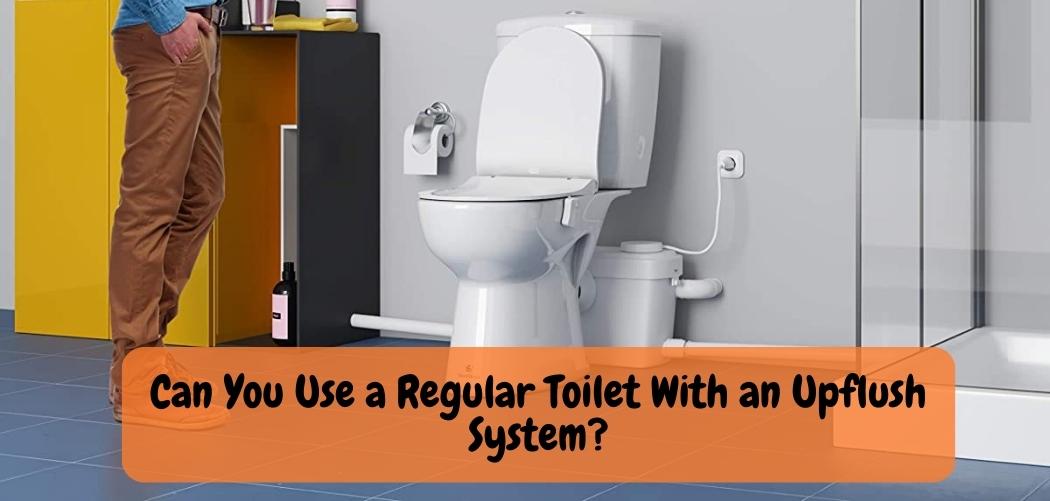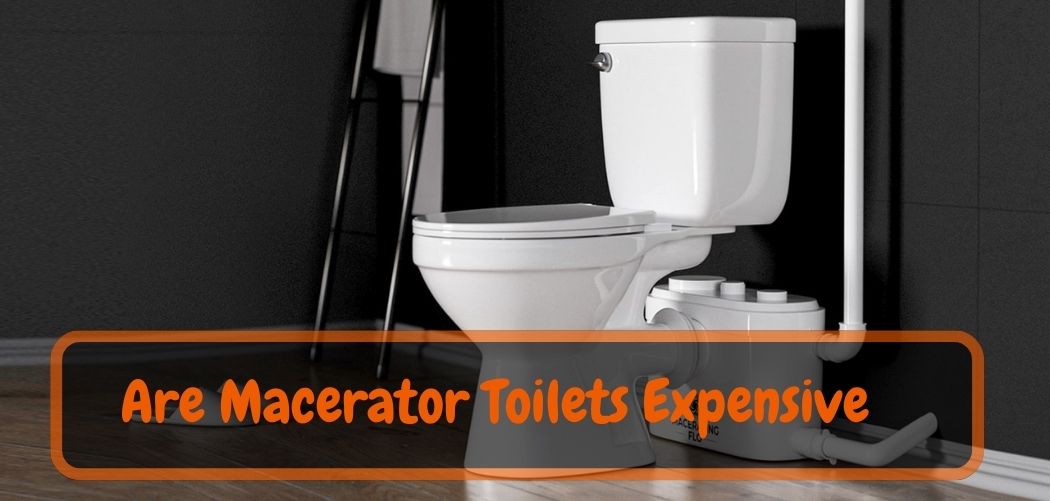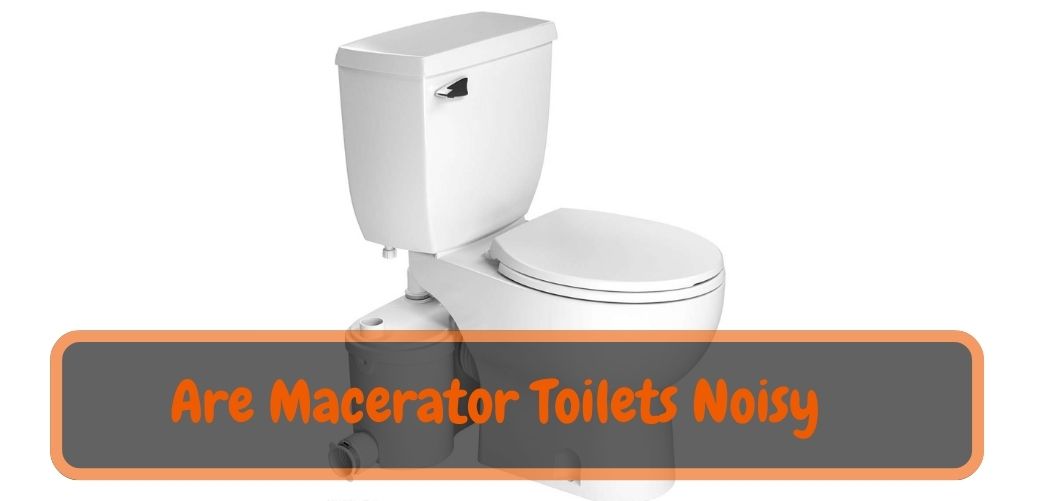An upflush toilet system is a popular plumbing solution for homeowners and businesses who need to add a bathroom or toilet in a space where traditional plumbing is not feasible. However, many people wonder if they can use a regular toilet with an upflush system.
In this guide, we’ll explore whether or not it’s possible to use a regular toilet with an upflush system, and what factors to consider when choosing a toilet for your upflush system.
Can You Use a Regular Toilet With an Upflush System?
The short answer is yes, you can use a regular toilet with an upflush system. However, it’s important to choose the right type of toilet for your upflush system. Traditional toilets use gravity to move waste through the plumbing system, while upflush toilets use a macerator pump to grind waste and toilet paper into a fine slurry.
If you choose a traditional toilet for your upflush system, it will not work properly because it does not have the macerator pump needed to pump waste up and out of the toilet bowl and into the main sewage line.
Choosing the Right Toilet for Your Upflush System:
When choosing a toilet for your upflush system, you’ll need to look for a toilet that is designed specifically for use with an upflush system. These toilets are sometimes called macerating toilets or upflush toilets. They have a built-in macerator pump that grinds waste and toilet paper into a fine slurry and pumps it up and out of the toilet bowl and into the main sewage line.
There are several different types of macerating toilets to choose from, including:
- Rear discharge toilets: These toilets have a horizontal outlet at the back of the toilet bowl that connects to the upflush system.
- Elongated bowl toilets: These toilets have a longer, more comfortable seat and bowl design.
- Round bowl toilets: These toilets have a circular bowl design that takes up less space than an elongated bowl toilet.
When choosing a macerating toilet for your upflush system, it’s important to consider the size and location of the toilet. You’ll need to choose a toilet that fits your space and meets your specific needs. Additionally, you should look for a toilet that is reliable and durable, with a high-quality macerator pump that can handle waste and toilet paper with ease.
Where Does the Waste Go in an Upflush Toilet?

When it comes to toilets, there are a few different types out there. Some people have the standard gravity fed toilet, while others have an upflush toilet. But what exactly is an upflush toilet and how does it work?
And more importantly, where does the waste go in an upflush toilet? An upflush toilet is a type of self-contained sewage system. It is design for homes or businesses that are not connecte to a main sewer line.
The way it works is simple – all of the waste water from your home or business goes into a holding tank. When the tank gets full, a pump will turn on and flush the waste water up through a pipe and into your septic system or city sewer lines. So where does the waste go in an upflush toilet?
It goes into a holding tank until it is full, at which point it is pumped out through a pipe into your septic system or city sewer lines.
How the Upflush System Works?
Conclusion
While it is possible to use a regular toilet with an upflush system, it’s important to choose the right type of toilet for your specific needs. Traditional toilets do not have the macerator pump needed to pump waste up and out of the toilet bowl and into the main sewage line.
Instead, you’ll need to choose a macerating toilet or upflush toilet that is specifically designed for use with an upflush system. When choosing a macerating toilet, be sure to consider the size and location of the toilet, as well as the quality of the macerator pump.
With the right toilet and upflush system, you can enjoy the convenience and versatility of an upflush toilet system in any space in your home or business.









